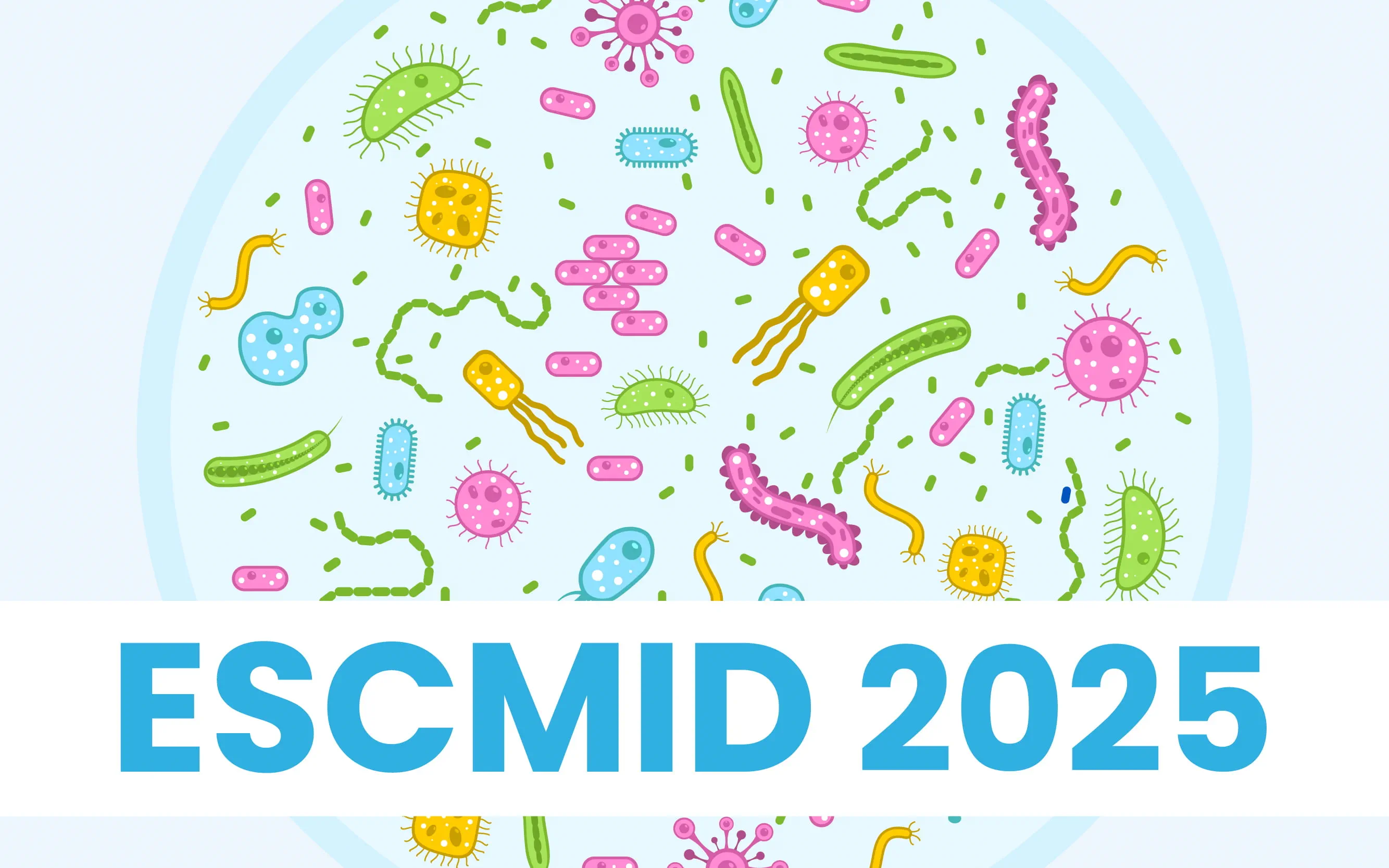ESCMID 2024: Early Oral Step-Down to Amoxicillin is Safe and Effective for Children Hospitalized with Severe Community-Acquired Pneumonia: The Pedicap Trial
Recent trials for mild to moderate pneumonia have affirmed the safety and efficacy of short-term antibiotics. However, transitioning from intravenous (IV) to oral antibiotics lacks robust evidence, leaving the optimal treatment duration uncertain. In Sub-Saharan Africa, increased pneumococcal vaccine (PCV) uptake has prompted questions about the best oral antibiotics for this transition. The PediCAP trial, spanning 13 African hospitals, sought to address this gap. It included children aged two months to six years with severe community-acquired pneumonia. Conducted from December 2020 to August 2023 amid COVID-19 precautions, the trial aimed to determine if transitioning from IV to oral antibiotics is safe compared to the WHO-recommended 5-day IV treatment. The trial, conducted across 13 African hospitals, included children aged two months to six years with severe community-acquired pneumonia. Researchers conducted a study involving 1,101 children who were administered new disposable tablet formulations of amoxicillin and amoxicillin-clavulanate.
Participants were randomized to either remain on injectables or transition to oral antibiotics based on their ability to take them orally. The study also randomized participants to different intravenous (IV) treatment durations followed by oral antibiotics. The mean age of the children was 19 months, with about half (49%) weighing between 6-10 kilograms. 1% of patients were HIV positive, and 91 % had received at least one dose of the PCV vaccine. Approximately half of the children had high levels of CRP, indicating severe illness, with 62% requiring oxygen at baseline. The study found no significant differences between groups, suggesting outcomes were consistent by chance. Compliance with the protocol for transitioning to oral antibiotics was good, with most children (68%) stepping down within 1-3 days. Those in longer IV treatment arms were more likely to transition successfully within their allocated duration. Children in a recent study received varying durations of antibiotics, with slightly fewer in the shooter total durations arm stepping down.
In this study, children received randomized durations of antibiotics, with slightly fewer receiving shorter total durations. Analysis of the primary endpoint, reanimation or death within 28 days, revealed event rates of 6 % in the amoxicillin arm, 7 % in the amoxicillin-clavulanate arm, and 6 % in the IV-only arm. There was no evidence of the superiority of amoxicillin over other treatments. Amoxicillin-clavulanate and amoxicillin were found to be non-inferior to IV treatment, with no significant differences observed. Event rates remained similar across duration arms when examining total IV plus oral duration, with all durations considered non-inferior to the standard 8-day oral treatment. Further analysis of the dose-duration response effect showed no significant differences, although longer durations yielded slightly worse outcomes. Children randomized to the IV-only arm experienced more complications related to the IV line, and their hospital stays up to day 28 were about a day longer. However, there were no notable differences between drugs in other secondary endpoints, including severe adverse events. Overall, children assigned to longer durations of antibiotics received more treatment days, but consistent differences between durations were not evident in other secondary endpoints. In summary, switching children to oral antibiotics upon health improvement was safe and as effective as a 5-day injectable antibiotic regimen. Oral amoxicillin and Amoxicillin-clavulanate are equally effective, but amoxicillin is more affordable and accessible. A 4-day total antibiotic treatment is generally sufficient, with shorter durations as effective as 8 days. This finding suggests children could be discharged earlier post-hospitalization.
European Society of Clinical Microbiology and Infectious Diseases (ESCMID) 2024, 27th April–30th April 2024, Barcelona, Spain




